HAVE: have these native's and more
sleepywillow
19 years ago
Related Stories

GARDENING GUIDESWe Bust 4 More Native Plant Myths
Have you been taken in by these fallacies about gardening with native plants?
Full Story
GARDENING GUIDES15 Native Flowers That Feed Native Bees
These perennials offer superfood to hundreds of bees and are gorgeous in their own right
Full Story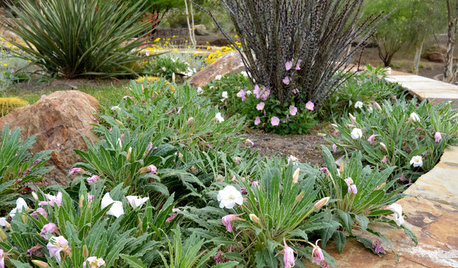
GARDENING GUIDES10 Native Ground Covers for Southwestern Landscapes
Create a carpet of color in your landscape with one or more of these sun-loving plants
Full Story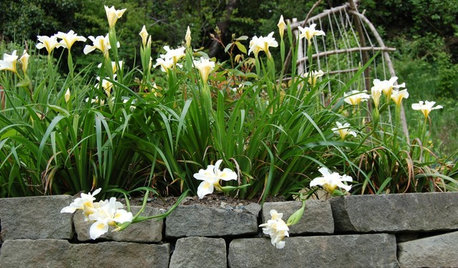
GARDENING GUIDESTop 10 Native Plants for the Pacific Northwest
More than just gorgeous and adaptable, these standout plants convey a sense of place
Full Story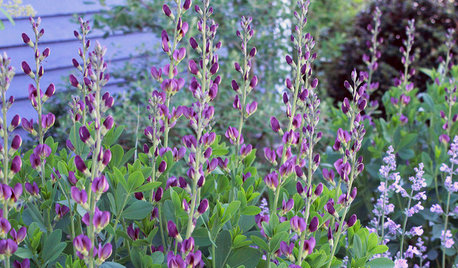
GARDENING FOR BUTTERFLIES7 Native Wildflowers to Make You an Awesome Butterfly Host
Offer the leaves of these and you’ll get more butterflies than with flower nectar alone
Full Story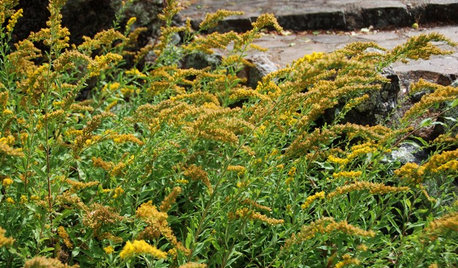
GARDENING GUIDES6 Native Goldenrods Worth a Second Look
Goldenrod gets a bad rap as being aggressive, but these more mannerly choices offer a bunch of benefits
Full Story
GARDENING GUIDESGreat Design Plant: Grow Blueberries for Their Fruit and More
Eastern gardeners should consider growing blueberry plants for their delicious fruits, bee-friendly spring blooms and brilliant fall foliage
Full Story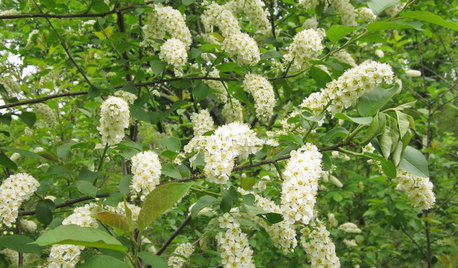
TREESNative Plant Alternatives to Invasive Common Buckthorn
Learn how to identify and control this aggressive plant, and what to grow in its place
Full Story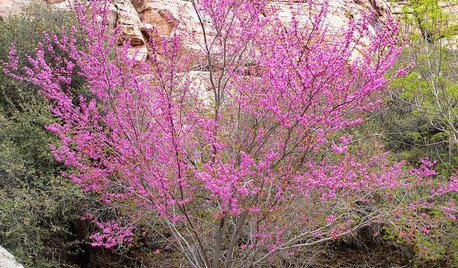
GARDENING GUIDES10 Top Native Plants for Northern California Gardens
Enjoy a fuss-free, water-wise garden by growing plants naturally in tune with the climate and wildlife of Northern California
Full Story
GARDENING GUIDES10 Top California Native Plants, Trees and Grasses
Enjoy a fuss-free, water-wise garden in the Golden State by growing plants naturally in tune with the climate and wildlife
Full StoryMore Discussions






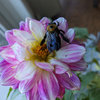
mrnatural
sleepywillowOriginal Author
Related Professionals
Deer Park Landscape Architects & Landscape Designers · Graham Landscape Architects & Landscape Designers · Frisco Landscape Contractors · Cockeysville Landscape Contractors · Deer Park Landscape Contractors · Deerfield Beach Landscape Contractors · Live Oak Landscape Contractors · Palos Verdes Estates Landscape Contractors · Sammamish Landscape Contractors · Secaucus Landscape Contractors · San Pablo Landscape Contractors · Bensenville Landscape Contractors · Hacienda Heights Window Contractors · Wixom Window Contractors · Linthicum Window Contractorsahughes798
sleepywillowOriginal Author
ahughes798
garden4wildlife
ROY_PICKETT